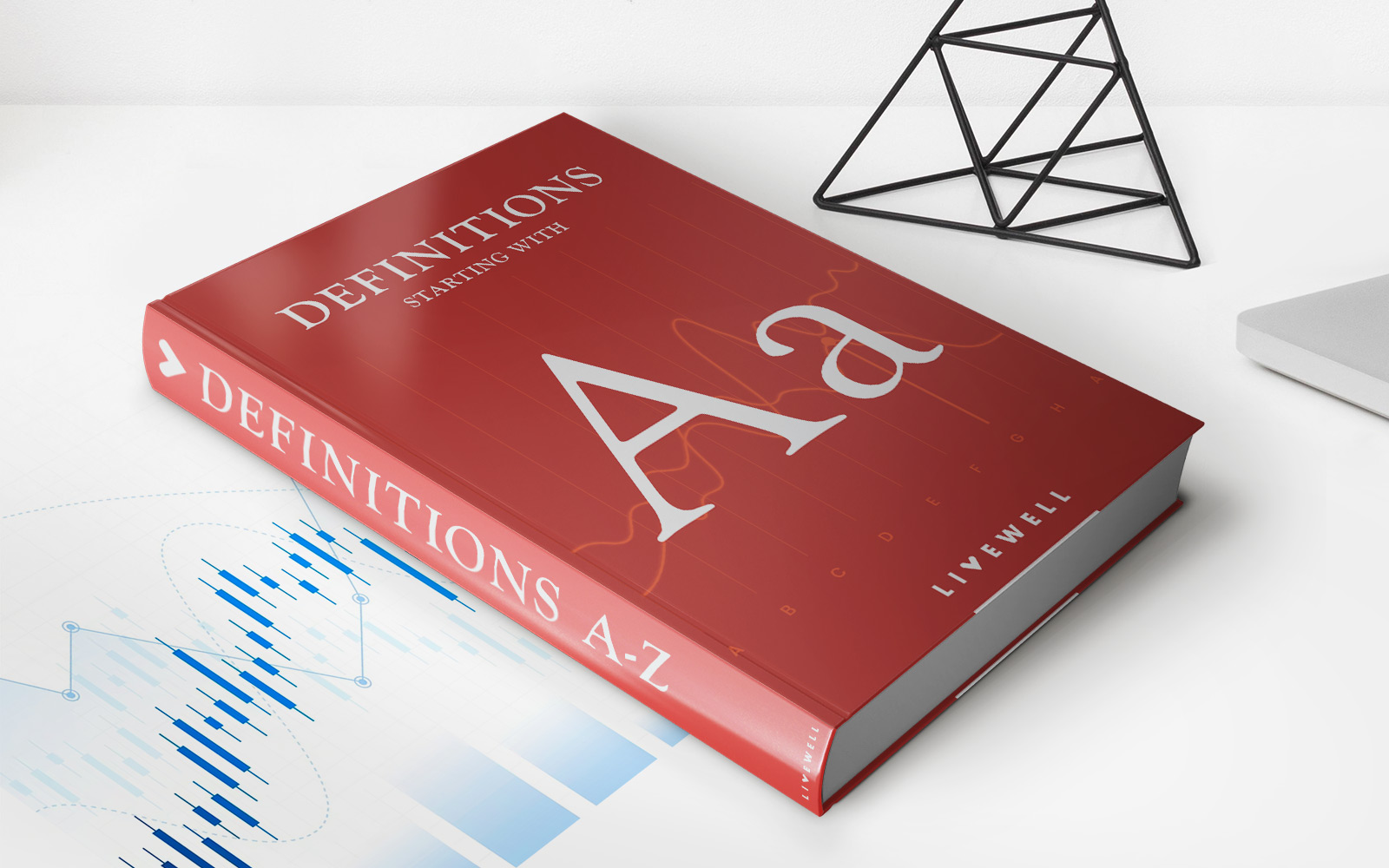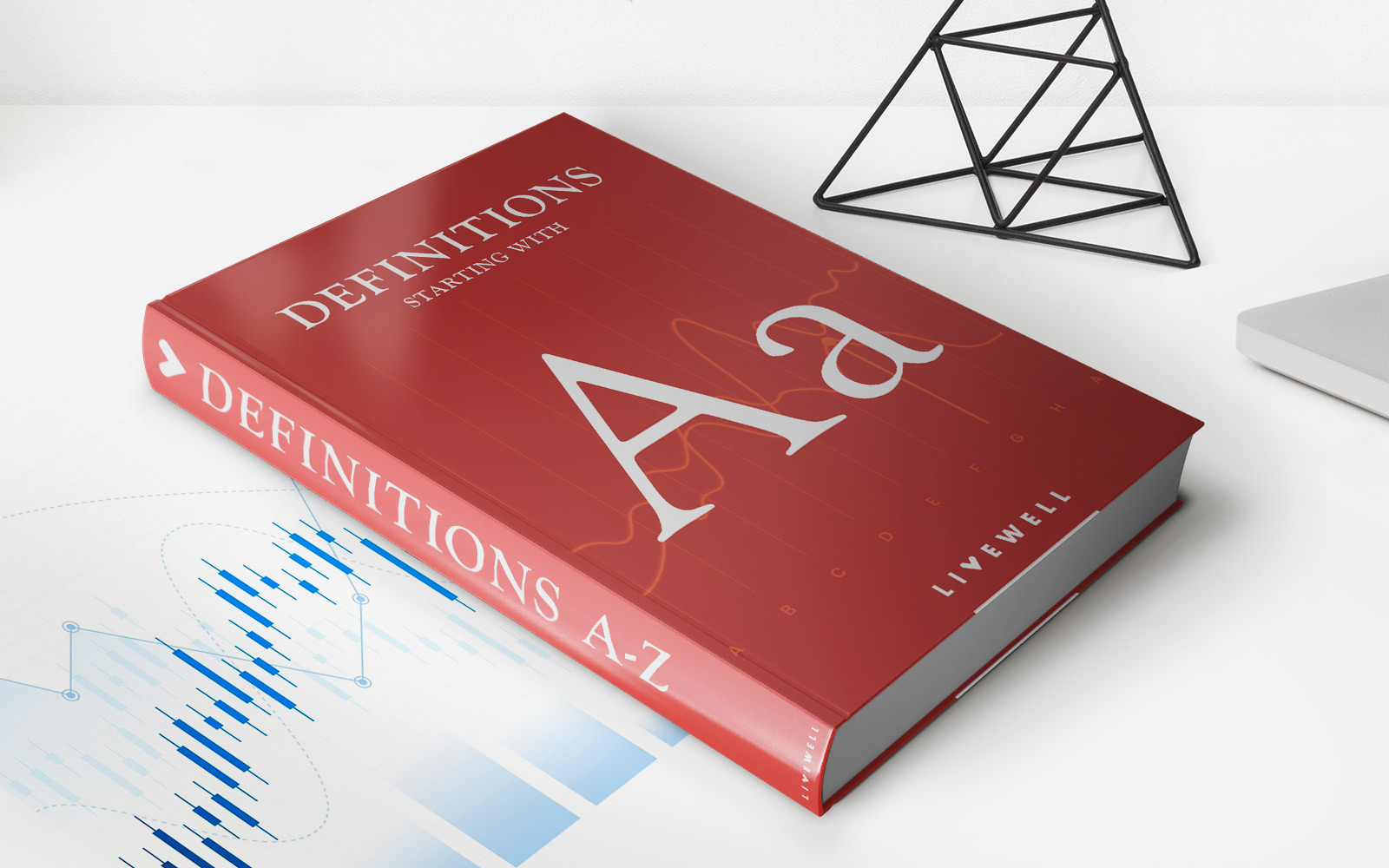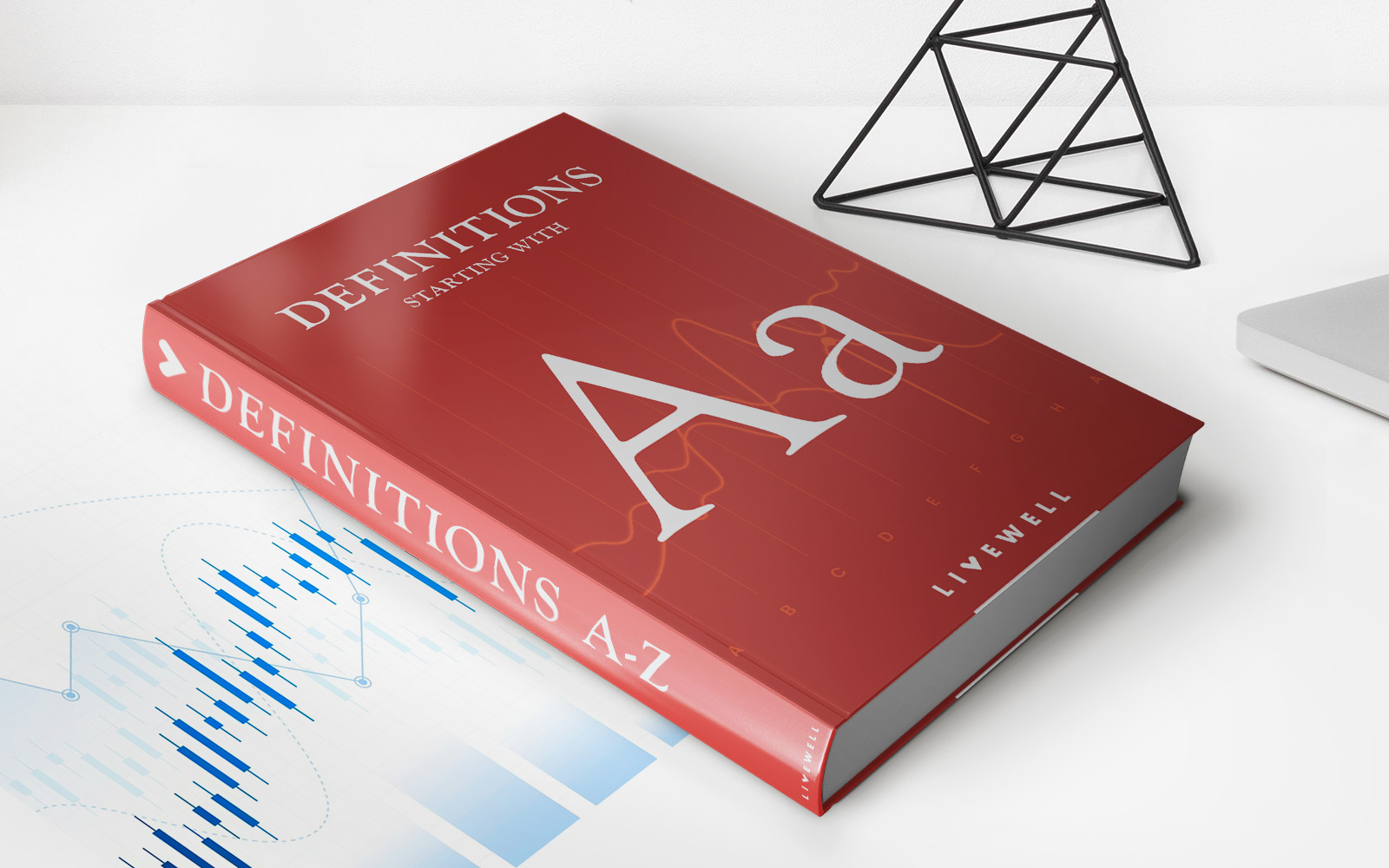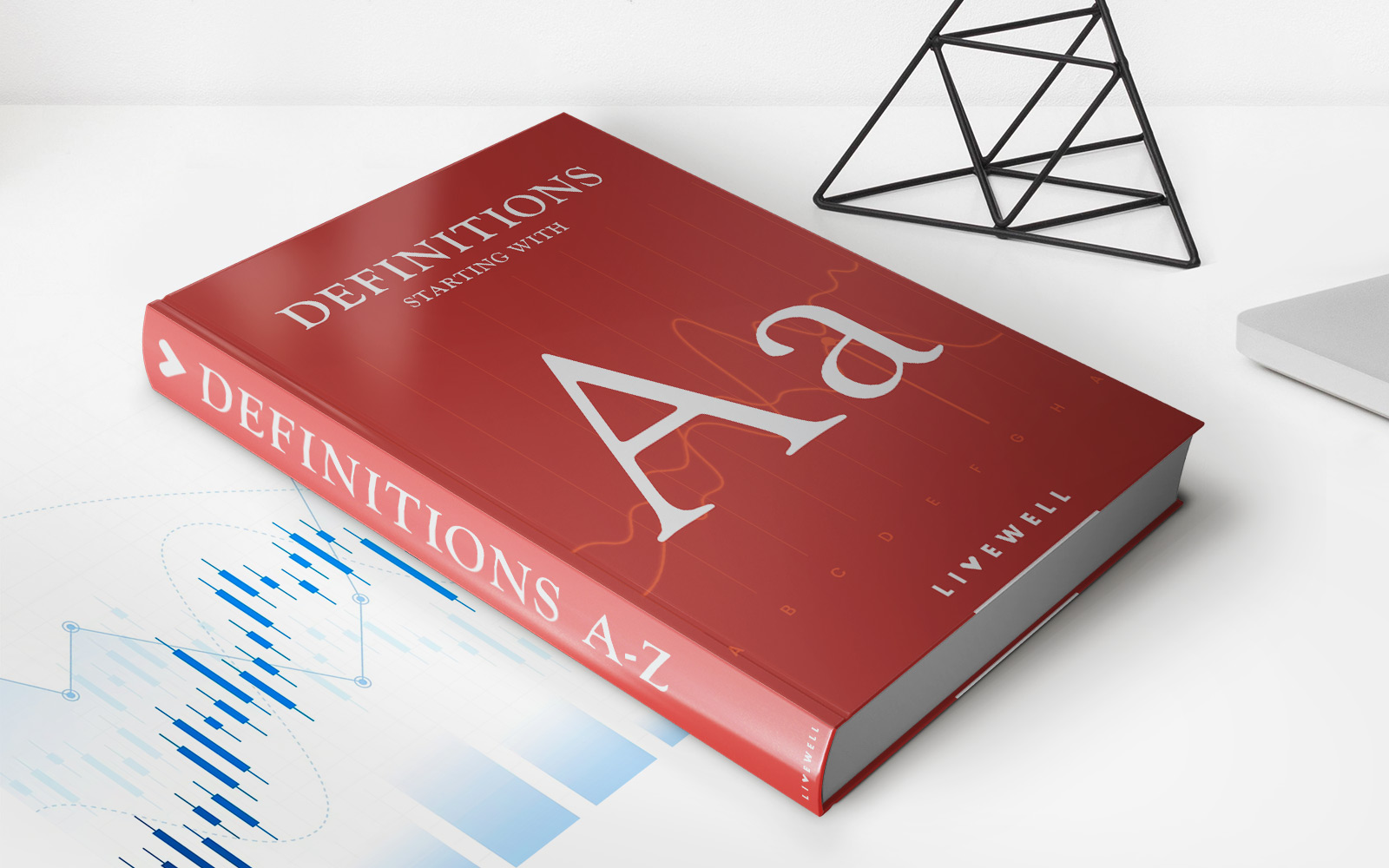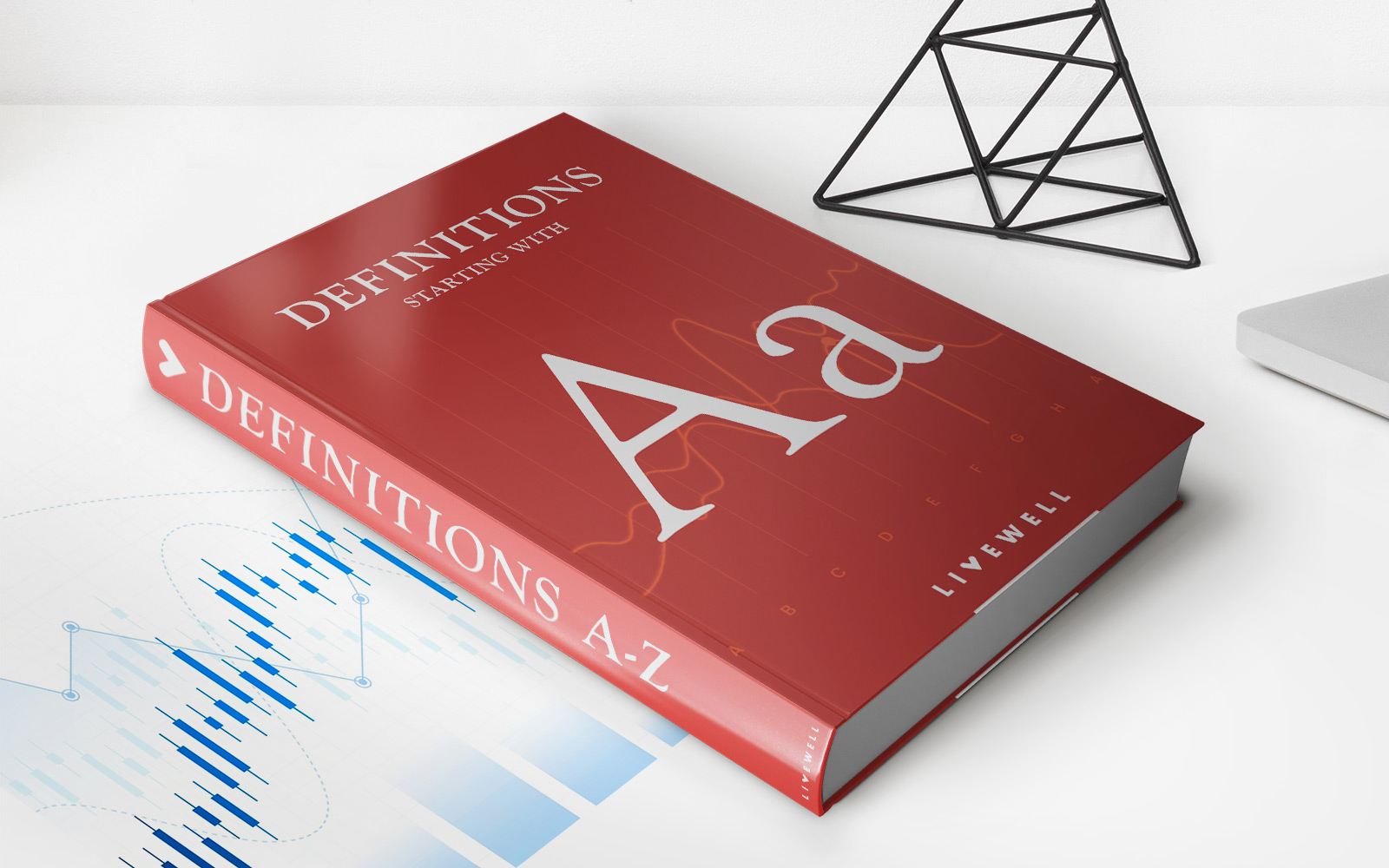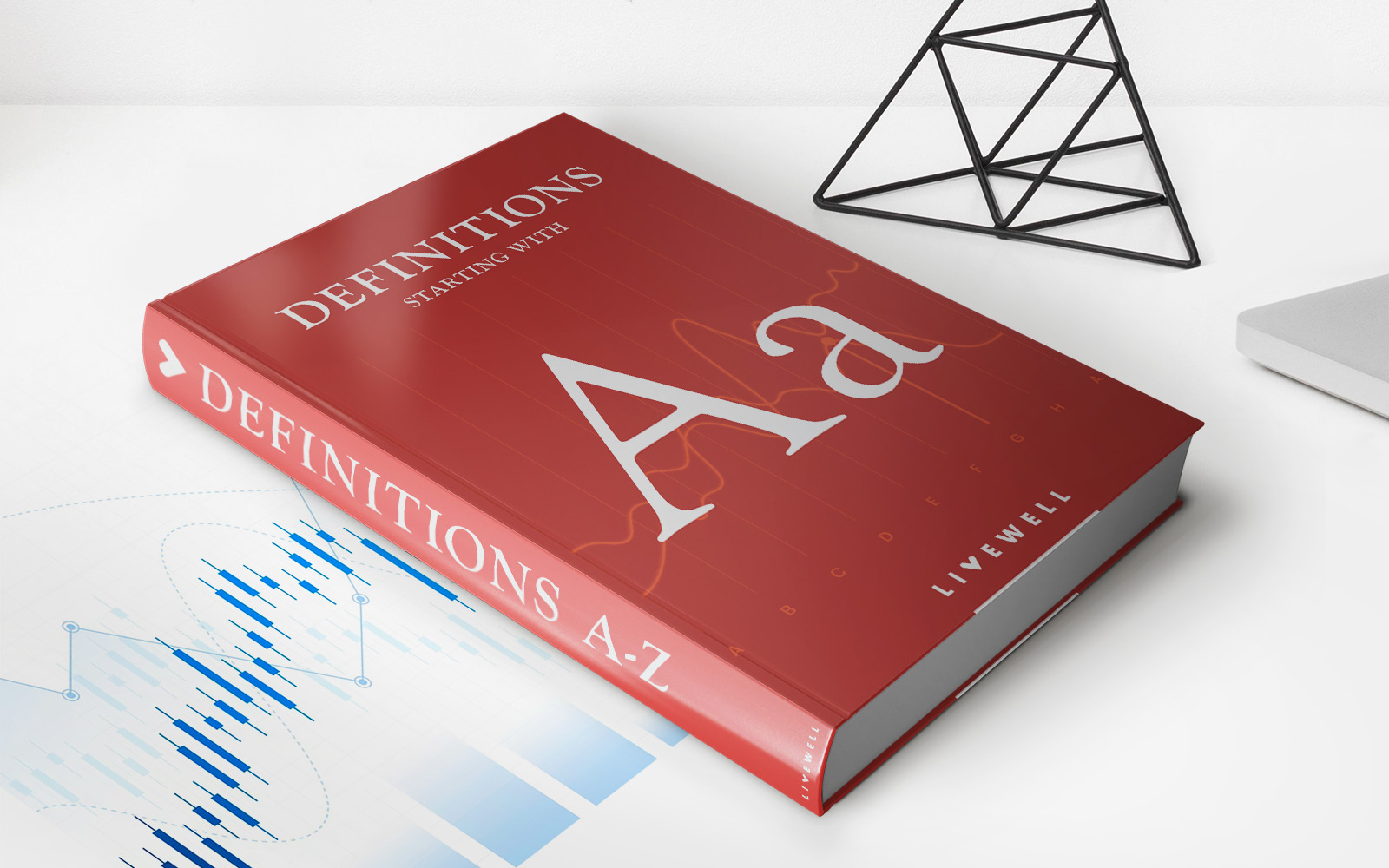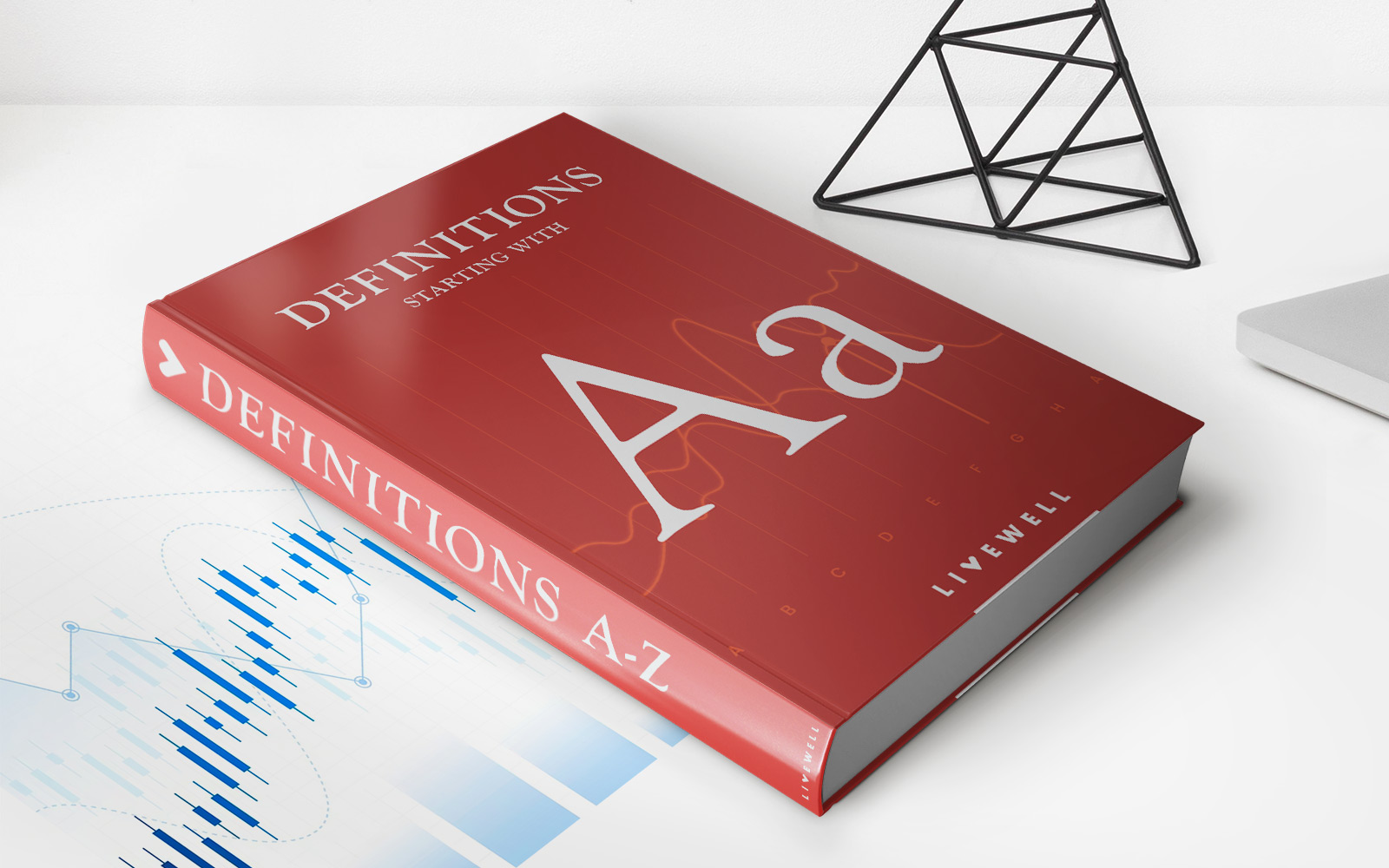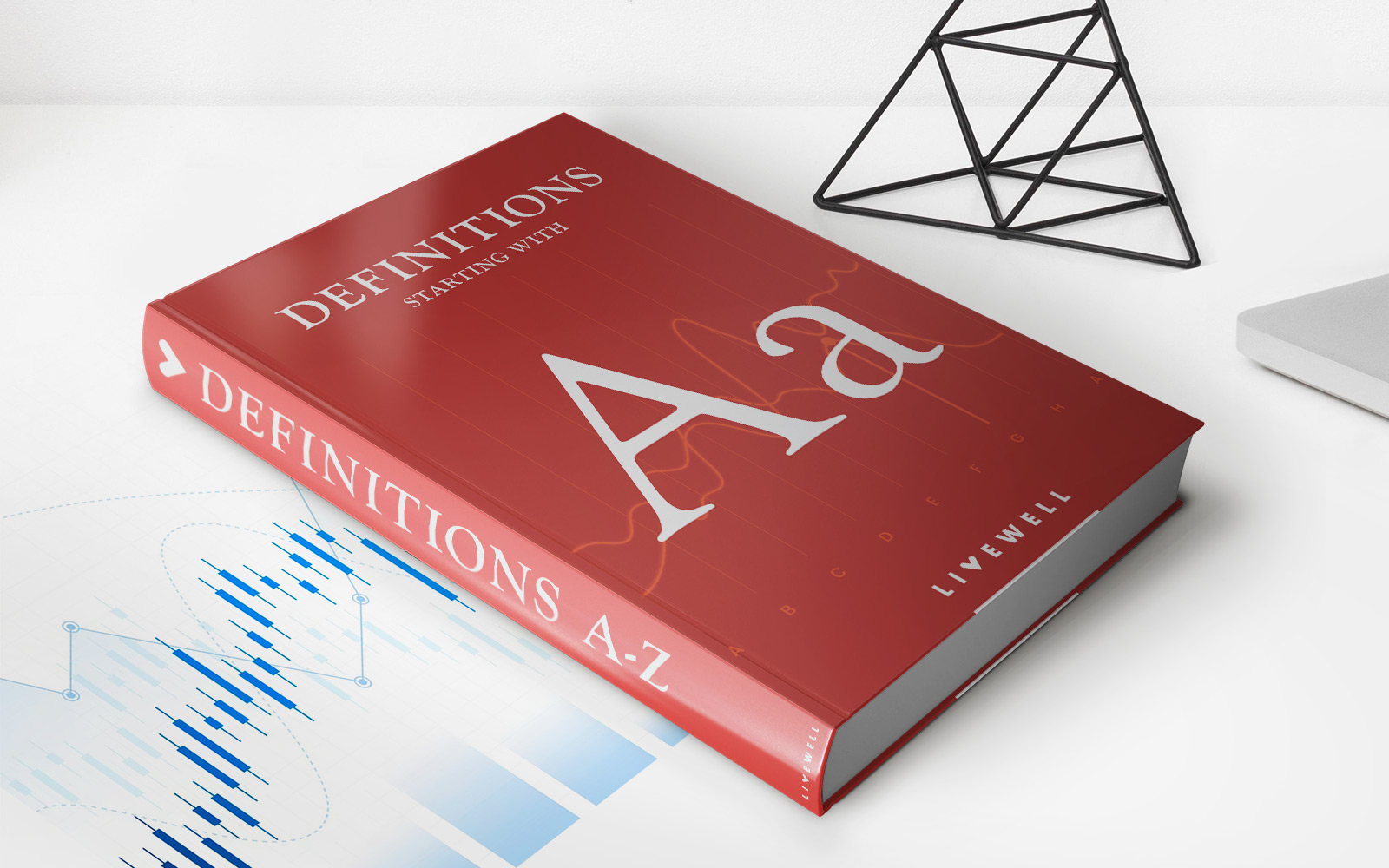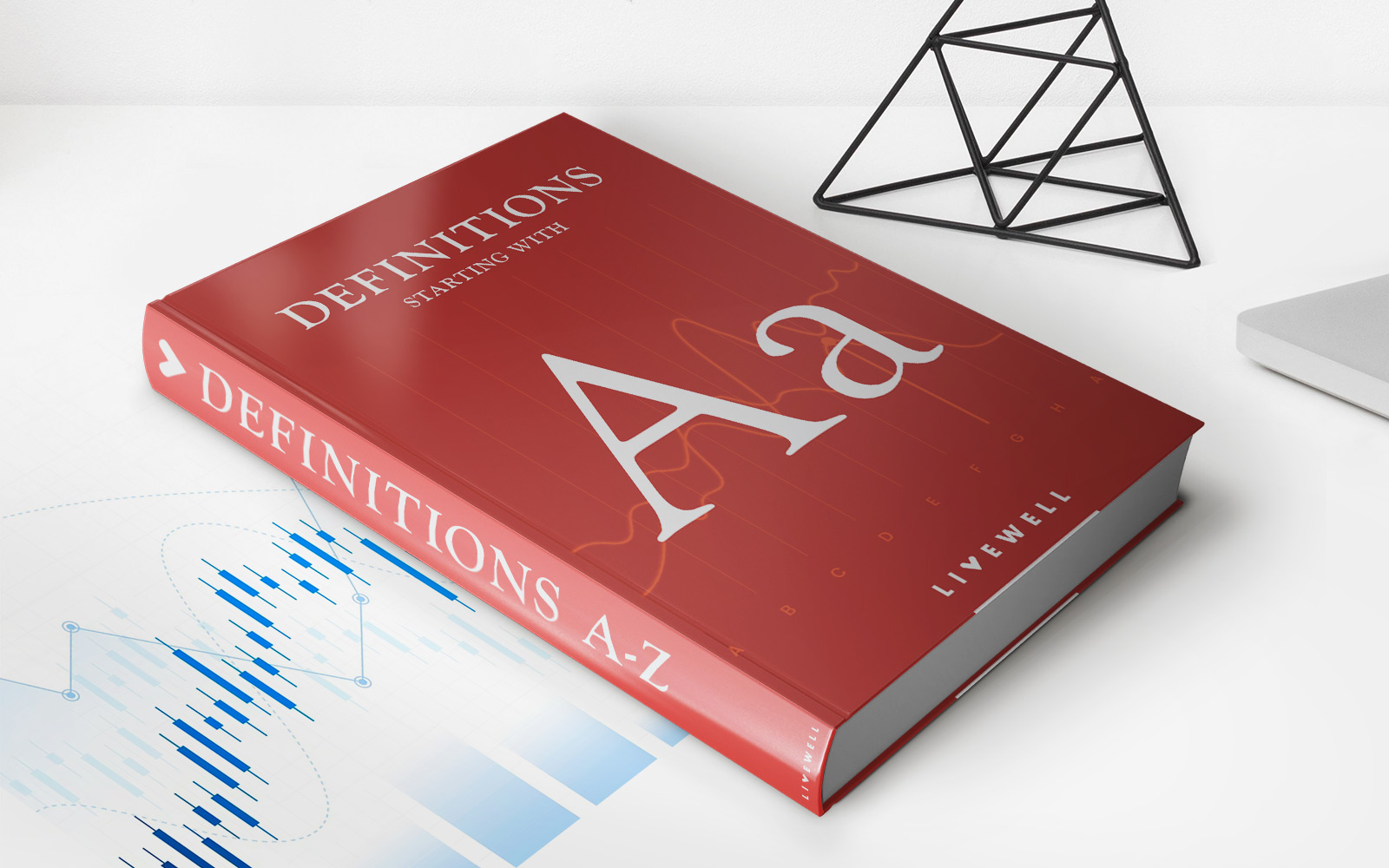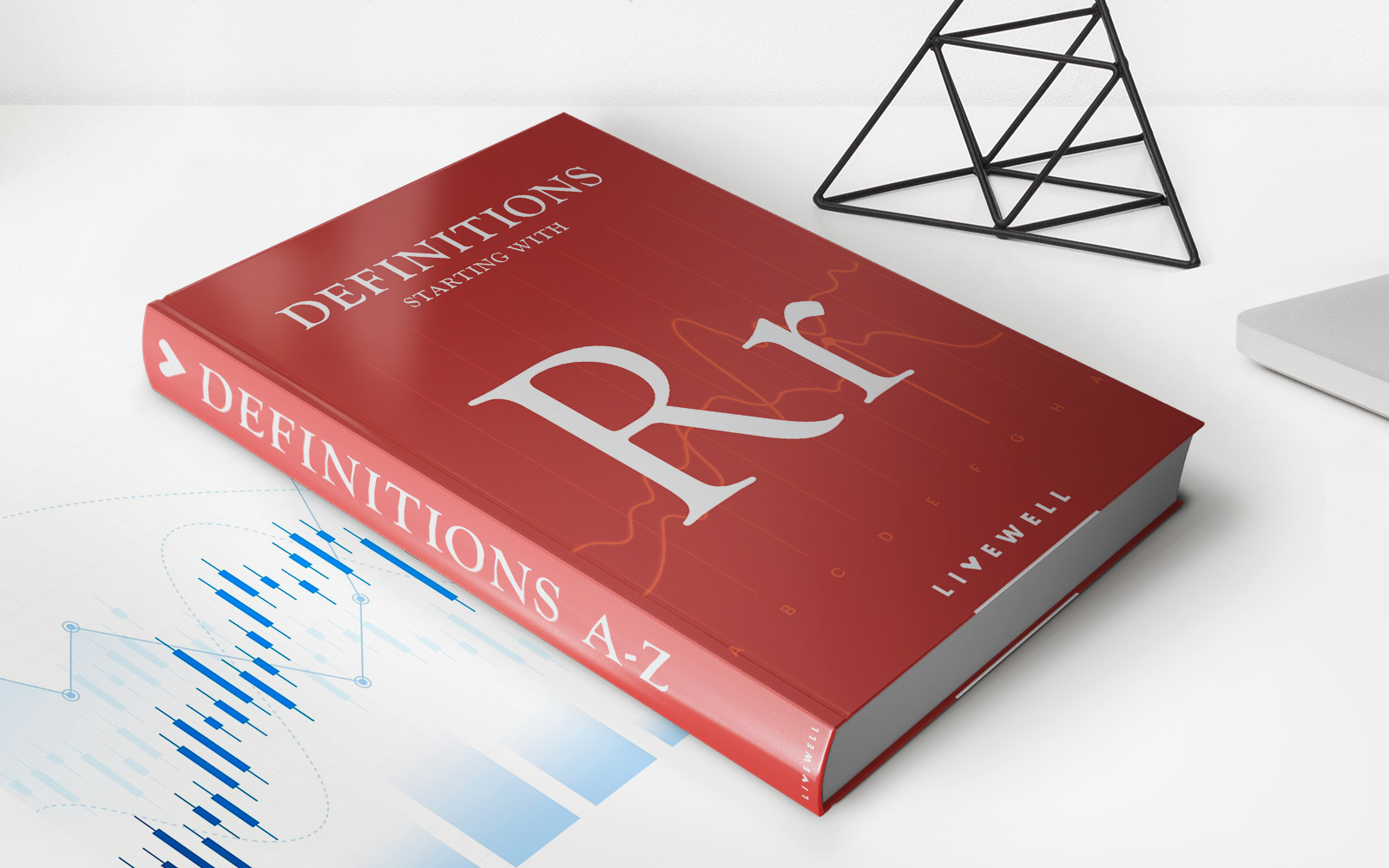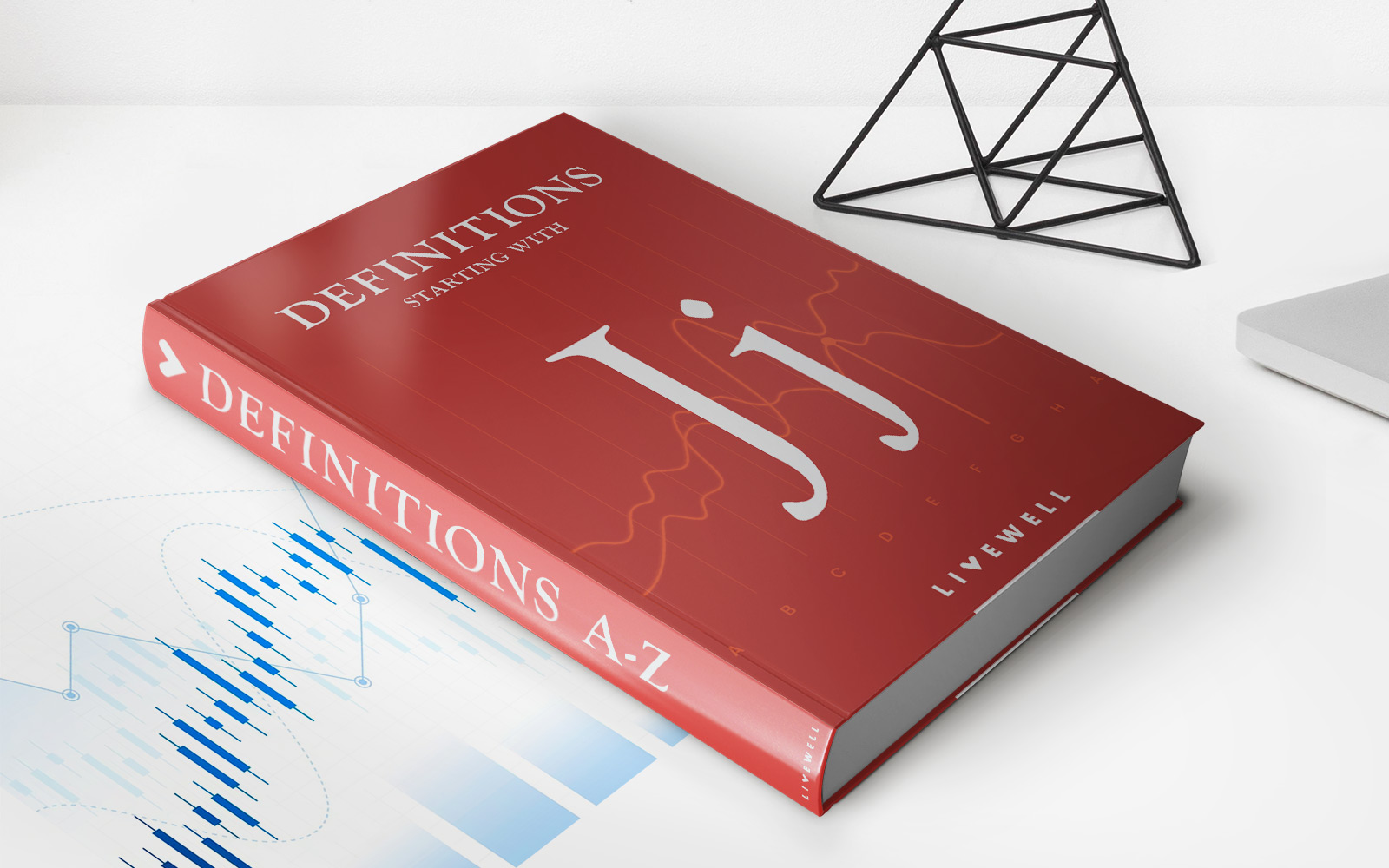

Finance
Jerry A. Hausman Definition
Published: December 14, 2023
Learn the definition of "Finance" with Jerry A. Hausman, an expert in the field. Gain valuable insights and knowledge about financial management and analysis.
(Many of the links in this article redirect to a specific reviewed product. Your purchase of these products through affiliate links helps to generate commission for LiveWell, at no extra cost. Learn more)
Understanding Jerry A. Hausman Definition in Finance
Finance is a vast and complex field, encompassing various theories, concepts, and models that help individuals, companies, and governments manage their money and make informed financial decisions. One prominent figure who has made significant contributions to the field of finance is Jerry A. Hausman. In this blog post, we will dive into the Jerry A. Hausman definition and explore its relevance in the world of finance.
The Jerry A. Hausman Definition in Finance: Explained
Jerry A. Hausman is an esteemed economist and professor of economics at the Massachusetts Institute of Technology (MIT). His expertise lies in econometrics and applied microeconomics, with a particular focus on topics such as industrial organization, energy, health economics, and finance. While he has made numerous contributions throughout his career, one of his most notable achievements is the development of the Hausman specification test.
The Hausman specification test, also known as the Hausman-Taylor test, is a statistical test used to assess the appropriateness and reliability of econometric models in social sciences, including finance. It helps researchers determine whether a particular econometric model is correctly specified or if there are any omitted variables that may affect the model’s accuracy. This test has become a crucial tool in empirical research, enabling economists and finance professionals to make robust and accurate predictions.
Key Takeaways:
- The Jerry A. Hausman definition in finance revolves around his contribution to econometrics and the development of the Hausman specification test.
- The Hausman specification test is a statistical tool used to assess the correctness of econometric models, ensuring robust and accurate predictions in finance and other social sciences.
Now that we have a better understanding of the Jerry A. Hausman definition in finance, let’s explore its significance and practical applications.
The Hausman specification test is particularly valuable in the field of finance as it allows researchers and analysts to make informed decisions when constructing econometric models. By testing the validity of the model’s assumptions, the test helps identify potential biases and allows for adjustments to improve the overall accuracy of the model.
This test’s relevance extends to various areas in finance, such as asset pricing models, portfolio optimization, risk management, and financial forecasting. By utilizing the Hausman specification test, finance professionals can enhance their decision-making processes, mitigate risks, and make more accurate predictions about the future performance of investments.
In addition to its role in academic research, the Hausman specification test is also widely used by financial institutions, regulatory bodies, and government agencies to evaluate the effectiveness of economic policies, assess market competition, and investigate potential cases of market manipulation or anticompetitive behavior.
In conclusion, the Jerry A. Hausman definition in finance encompasses the development of the Hausman specification test, a statistical tool that allows economists and finance professionals to assess the appropriateness and reliability of econometric models. This test plays a vital role in various areas of finance, contributing to improved decision-making, risk management, and policy evaluation. As the field of finance continues to evolve, we can anticipate further contributions and advancements from Jerry A. Hausman and other esteemed economists.
